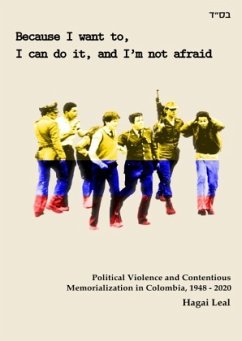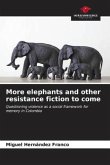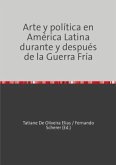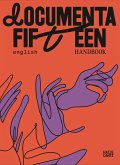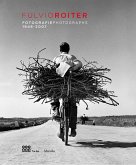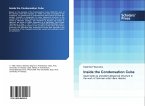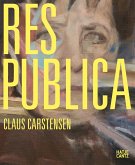This book deals with a comprehensive constellation of visual and narrative, often counterposed representations of the causes, course, and results of what is known as La violencia-the bipartisan civil war that tore Colombia apart between the end of the decade of 1940 and the mid-1950s- as well as the assault on the nation's Palace of Justice by a guerThis book deals with a comprehensive constellation of visual and narrative, often counterposed representations of the causes, course, and results of what is known as La violencia-the bipartisan civil war that tore Colombia apart between the end of the decade of 1940 and the mid-1950s- as well as the assault on the nation's Palace of Justice by a guerrilla commando and its bloody recapture by state security forces in November of 1985.The research on which it is based constituted the author's doctoral project at Frankfurt University's Ethnological Institute, and is grounded in the method and perspective of classical anthropology, in as much as qualitative fieldwork and the search for the perspective of the actors played a central role. Hagai Leal, a Colombian-born social anthropologist trained in Colombia, Argentina, Israel and Germany, presents in this work with scientific systematicity and narrative skill the main results of a cross-disciplinary quest for the cultural roots, contours and contents of intense disputes for the authority to represent the causes, protagonists and effects of Colombia's longstanding politically violent conflict waged by actors located from the far right to the far left of the political spectrum.
Bitte wählen Sie Ihr Anliegen aus.
Rechnungen
Retourenschein anfordern
Bestellstatus
Storno

